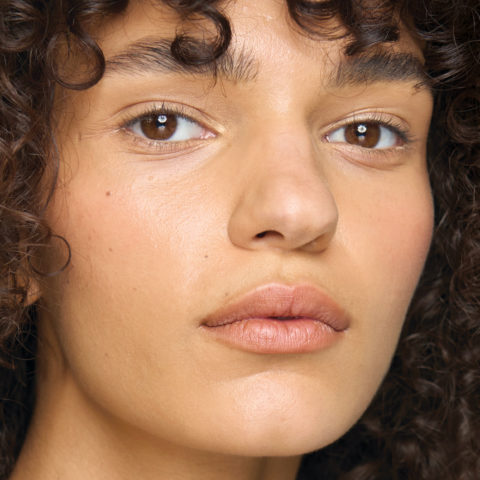7 Moroccan Beauty Rituals You Need to Know About
Although my father is Russian, I have always associated my cultural background with my mother’s Moroccan side; I prefer to bask in the blazing sun than play in snow, my skin tone is more golden yellow than porcelain, and I generously sprinkle cumin, turmeric and cinnamon on nearly everything. As a beauty enthusiast, the Moroccan rituals have always fascinated me, too. Though the popularity of Moroccan argan oil has astronomically risen, there are so many more richly exotic, beautifying ingredients and treatments prevalent in the Northern African country.
Technically not official, the flower of Morocco is the rose — there’s even a Festival of Roses that celebrates harvesting the flower that takes place every May. Sometimes incorporated into local cuisine, rose water is a traditional Moroccan beauty elixir that is used for a myriad of reasons. The delicately and beautifully scented water is generally housed in a fine-misting spray bottle format, and can be found in almost every souk. With anti-aging, hydrating, anti-inflammatory benefits, this super-charged water also evens skin tone, reduces irritation and refreshes the complexion.
For clean skin, Moroccans use rhassoul clay, mined from the volcanic rock under the foothills of the Atlas Mountains. With the unique ability to absorb oil, toxins and impurities while deeply moisturizing skin in equal measure, this clay is used as a face mask for complexion-perfecting results. Often found in powder form for maximum freshness and longevity, rhassoul (also sometimes known as ghassoul clay) is simply mixed with water (or rose water) to form a paste and swiped over the face, or can even be used as a hair and scalp mask.
Inarguably Morocco’s most popular beauty treatment, argan oil is widely used for its incredibly moisturizing, hydrating and nourishing properties. Extracted from the kernels of Moroccan argan trees, which goats climb up the trees to eat, this beautifying oil treats hair, skin, nails and can be found in 100% pure form, or blended into a myriad of other products.
To truly beautify in a traditional Moroccan manner, steal the century old secret of rimming eyes with kohl. Not to be confused with a kajal pencil, kohl comes in powder form, and is generally housed in a little wooden vial. The lid twists off to reveal a slim applicator, which is not unlike a toothpick (albeit less sharp). Dampened and dipped into the powder, kohl in Morocco is used to protect eyes from UV, but we Canadians can enjoy it for its smouldering, sexy effect.
Savon noir (or black soap) is a black, soft and butter-like bar or paste that can be pinched off to lather up with. Made from black olives (which gives the soap its ominous hue), it’s full of skin-softening Vitamin E and antimicrobial properties, and is often used with a kessa mitt (exfoliating glove) to pre-cleanse, boost circulation and prep skin before indulging in the traditional hammam.
A hammam, or steam room, is frequently visited for detoxifying. Both men and women, and even children, often spend hours in the hammam at least once a week, indulging in a ritualistic practice of steaming, exfoliating and moisturizing. The scrub, known as a gommage, is a super vigorous treatment that can either be performed by your friends or family (you do my back, I’ll do yours), or a professional, who will ensure every iota of skin is scrubbed into a tingly, crazy-soft state. Afterwards, a cold blast of water is usually protocol to close pores, followed by a slather of argan oil to deeply hydrate and further soften your fresh skin.
Guzzle mint tea, one of Morocco’s most well-loved and consumed beverages. For a traditional tea preparation, steep mint sprigs and a dash of sugar in a pot of boiling water, and pour with great finesse and fluidity from as high a distance from the cup as you can handle. Teeming with beauty benefits, mint tea instantly cools the body (which Moroccans surely benefit from, with temperatures often soaring above 40 degrees Celsius) while packing a serious antioxidant punch. Known to soothe upset stomachs, this cure-all tea also beautifies with cleansing properties that help detoxify and clear the skin.
When the call of the hammam beckons but a flight to Casablanca or Marrakesh isn’t in the cards, head to Toronto’s Shangri-La Hotel’s Miraj Hammam Spa for a treatment that captures the essence of Morocco’s stunning and intricate design aesthetic. The high intensity, low misting steam room instantly calms, detoxifies and cleanses, while the gommage treatment is performed on Jerusalem gold marble with traditional eucalyptus-infused savon noir. Post-treatment, sip on some mint tea and dream of the deserts sands.







